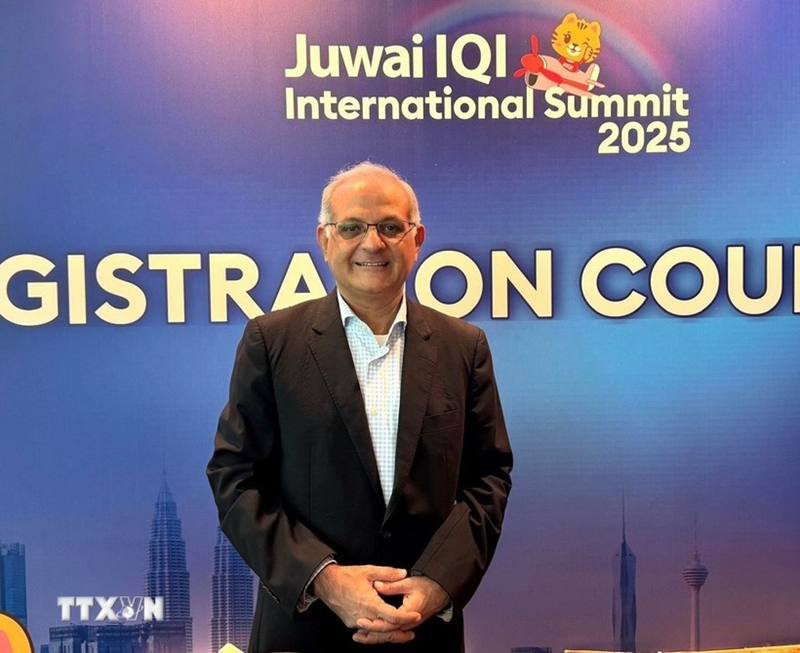Southeast Asia’s combined GDP will hit 4.4 trillion USD in 2025 and top 6 trillion USD by 2030, Saeed projected, citing robust consumption, policy discipline and intra-regional trade as buffers against global turbulence. The bloc drew a record 230 billion USD in foreign direct investment (FDI) in 2023, eclipsing China in net inflows for the first time.
    |
 |
|
Juwai IQI’s chief economist Shan Saeed |
The Association of Southeast Asian Nations (ASEAN)’s open architecture, anchored by the Regional Comprehensive Economic Partnership (RCEP) and the Comprehensive and Progressive Agreement for Trans-Pacific Partnership (CPTPP), provides preferential access to nearly 30% of global GDP.
The bloc, he added, sits at the heart of the next phase of globalization, where manufacturing resilience, digitization, and climate adaptation converge. Four key factors drive ASEAN’s appeal to investors: demographic advantages, digital integration, macroeconomic stability, and neutrality. Together, these establish ASEAN as an investment hub in the 21st century.
Vietnam’s FDI pipeline remains its core strength, placing it behind only India and Mexico in global manufacturing shift polls, Saeed said.
A web of trade pacts, including RCEP, CPTPP and the E.U. - Vietnam Free Trade Agreement (EVFTA), enhances its global trade reach. Strong macroeconomic discipline and favorable demographics, with a labor participation rate above 68%, provide a long runway for sustained growth.
To reach optimal competitiveness, Vietnam must continue improving regulatory streamlining, infrastructure convergence, judicial modernization, and climate resilience, he added.
According to the economist, Vietnam’s economy may expand between 5.9% and 6.3% in 2025, outpacing the global average despite subdued external demand. The country's exports are estimated at 390–400 billion USD, maintaining their growth momentum, while public investment exceeding 7.2% of GDP will continue to support infrastructure and energy development.
To reach double-digit growth from 2026-2030, Vietnam needs four productivity levers, Saeed said. First, power output must reach 125–130 GW by 2030, with 40% being renewables. This requires annual investment of 10–12 billion USD in power infrastructure and grid upgrades.
Second, Vietnam should cut logistics costs to 11–12% of GDP by 2030 through multimodal integration and port automation, potentially adding 1.2 percentage points to annual GDP growth.
Third, Vietnam should diversify funding sources by expanding the corporate bond market from 13% of GDP to 25% by 2030, reducing dependence on bank lending.
Fourth, Vietnam should target at least 1.5 million annual upskilling enrollments in STEM and English courses to sustain its industrial momentum.
If these measures are adopted synchronously, Vietnam could achieve 9.5%-10.2% in compound annual growth rate (CAGR) by 2030, he added.
Source: VNA